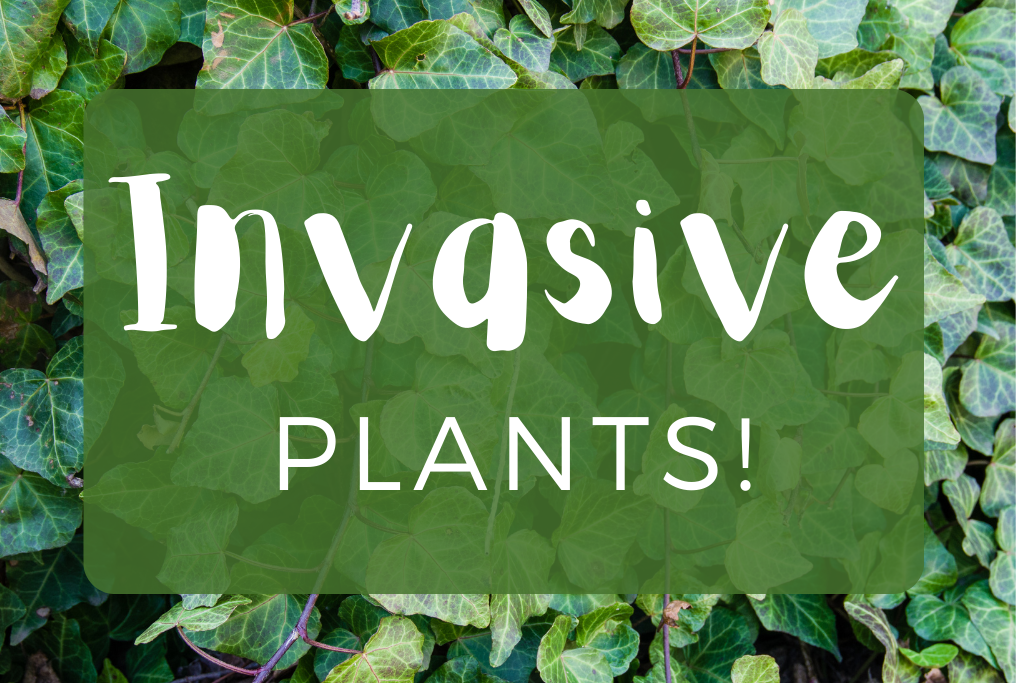
Are you an avid gardener looking to step up your game by setting up a greenhouse? While the idea of a controlled environment for your plants may seem appealing, it is important to know which plants are best suited for such conditions. In this article, we will explore the top plants that you should avoid growing in a greenhouse. By understanding the specific needs and limitations of certain plants, you can ensure a successful and thriving greenhouse garden.
Invasive Plants

1.1 Introduction to Invasive Plants
Invasive plants are species that have a tendency to spread aggressively and dominate the surrounding ecosystem. These plants outcompete native species for resources such as sunlight, nutrients, and water, often causing significant ecological disruption. While they may thrive in their native habitats, when introduced to new environments, invasive plants can have detrimental effects on the biodiversity and overall health of ecosystems.
1.2 Examples of Invasive Plants
Some examples of invasive plants include Japanese knotweed, kudzu, purple loosestrife, and water hyacinth. Japanese knotweed, for instance, is notorious for its rapid growth and ability to crowd out native vegetation. Its dense growth habit and extensive root system can cause damage to infrastructure and buildings. Kudzu, often referred to as “the vine that ate the South,” is known for its rapid growth and smothering effect on other plants, trees, and even entire forests.
1.3 Negative Effects of Invasive Plants in Greenhouses
Growing invasive plants in a greenhouse can lead to several negative effects. These plants are highly competitive and can quickly overpower other cultivated plants, interfering with their growth and reducing their productivity. Invasive plants may also harbor pests and diseases, which can spread to other greenhouse plants and cause further damage. Additionally, the aggressive nature of invasive plants can result in the depletion of vital resources such as water and nutrients, negatively impacting the overall health and longevity of the greenhouse ecosystem.
1.4 Alternatives to Invasive Plants
To minimize the risks associated with invasive plants, it is advisable to opt for non-invasive alternatives in greenhouse cultivation. These alternatives offer similar characteristics, such as growth habit, color, or fragrance, without the invasive tendencies. By selecting non-invasive plants, greenhouse growers can help preserve the ecological balance and protect native biodiversity.
Size and Vigorously Growing Plants
2.1 Understanding the Challenges of Growing Large Plants in Greenhouses
Growing large plants in greenhouses can pose various challenges. One of the primary concerns is providing sufficient space for their growth and development. As these plants expand in size, they can quickly outgrow the available space, leading to overcrowding and competition for resources. Inadequate spacing can also hinder airflow, increasing the risk of fungal diseases and reducing overall plant health.
2.2 Potential Issues with Vigorously Growing Plants
Vigorously growing plants have a tendency to dominate their surroundings, outcompeting other plants for sunlight, water, and nutrients. This intense competition can result in stunted growth or even the death of neighboring plants. Additionally, if not properly managed, vigorously growing plants can create a dense canopy that restricts light penetration, negatively impacting the growth of other greenhouse plants.
2.3 Managing Size and Growth of Plants in Limited Space
To manage the size and growth of large plants in a limited space, regular pruning and training techniques can be employed. These practices help control the size, shape, and direction of plant growth, enabling better space utilization while maintaining plant health. Training techniques, such as espalier or trellising, can encourage vertical growth, leaving more room for other plants to thrive.
2.4 Alternative Compact Plant Options
Instead of opting for large and vigorously growing plants, greenhouse growers can consider cultivating compact varieties that are better suited for confined spaces. Compact plants are bred to have a more restrained growth habit, making them ideal for growing in smaller containers or limited areas. Examples of compact plants include dwarf varieties of roses, vegetables, and herbs, which offer the benefits of their larger counterparts while requiring less space and maintenance.
Plants Requiring Extensive Rooting Space
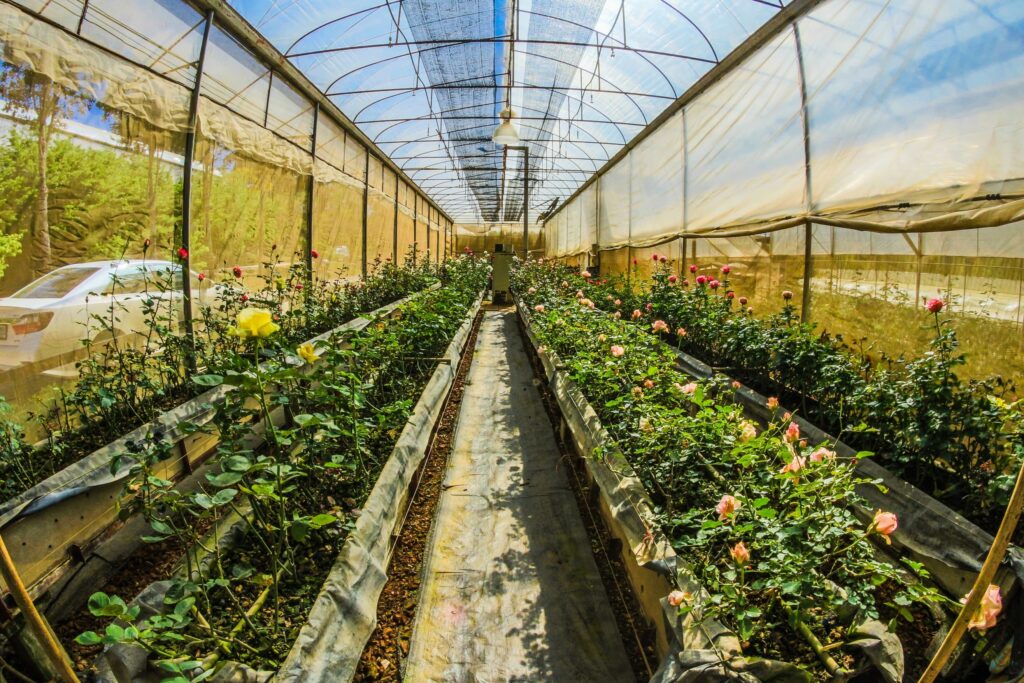
3.1 Issues with Plants Needing Deep or Wide Rooting Space
Some plants have extensive root systems that require deep or wide rooting space. Growing such plants in a greenhouse can be challenging, as the confined environment may not provide adequate room for these roots to spread and establish themselves. Restricted root growth can cause stunted plant development, limited nutrient uptake, and overall reduced plant vigor.
3.2 Challenges in Providing Sufficient Rooting Space
Creating sufficient rooting space for plants with extensive root systems in a greenhouse can be difficult due to space limitations. Traditional containers may not offer enough depth or width to accommodate these plants’ root growth requirements. Moreover, inadequate rooting space can lead to the accumulation of water and nutrient deficiencies, increasing the risk of root diseases.
3.3 Suitable Alternatives for Greenhouse Cultivation
To overcome the challenges associated with plants requiring extensive rooting space, greenhouse growers can opt for alternative cultivation methods. One such method is hydroponics, where plants are grown without soil and their roots are submerged in nutrient-rich water solutions. Hydroponic systems allow for precise control over nutrient delivery and can accommodate plants with large root systems while optimizing space utilization. Another option is using air pruning containers, which encourage the growth of a fibrous root system within a confined space, preventing roots from becoming root-bound and promoting healthier overall plant growth.
Plants with Aggressive Spreading Habit
4.1 Understanding the Risks of Aggressive Spreaders
Plants with an aggressive spreading habit have the potential to rapidly colonize an area, restricting the growth of other plants and altering the natural balance of the ecosystem. In a greenhouse environment, aggressive spreaders can quickly overtake limited space, crowding out other cultivated plants and hindering their growth.
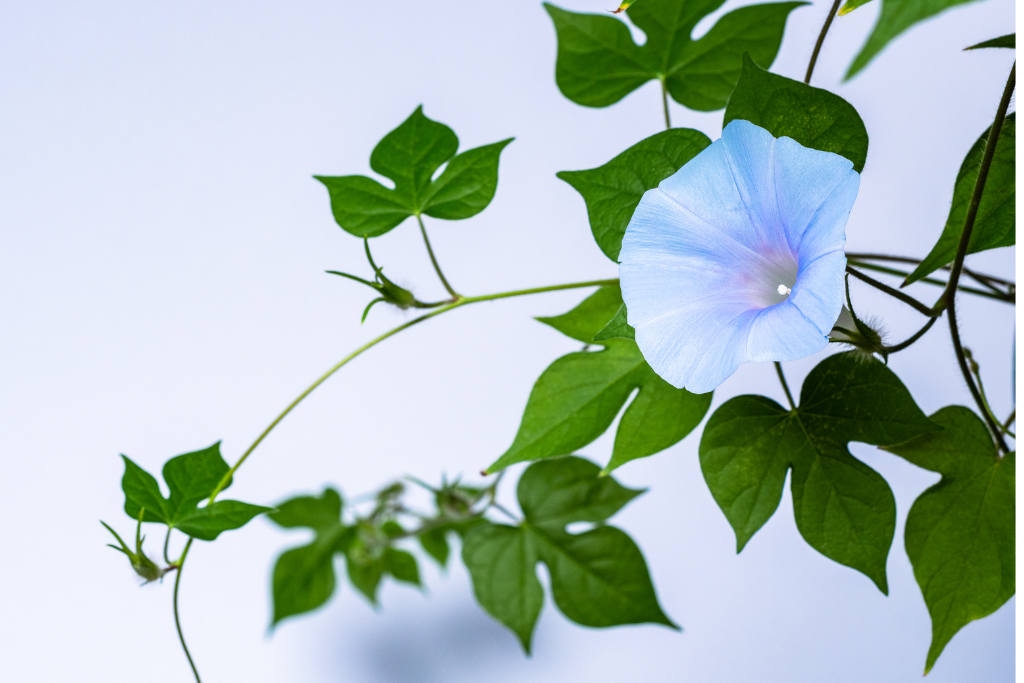
4.2 Risks of Plant Overcrowding and Weaker Competitors
When aggressive spreaders dominate a greenhouse, they create a crowded and competitive environment. Weaker and less competitive plants may struggle to access essential resources, such as sunlight, water, and nutrients. Overcrowding can lead to stunted growth, reduced productivity, and an increased risk of pest and disease infestations.
4.3 Managing Spreading Habits in Confined Greenhouse Environments
To manage the spreading habits of aggressive plants in greenhouses, it is crucial to establish effective containment measures. These can include physical barriers, such as root barriers or specialized containers, to prevent the spread of plant roots. Regular monitoring and prompt removal of spreading plant growth, such as runners or suckers, can also help prevent overcrowding and maintain a more balanced greenhouse ecosystem.
4.4 Less Invasive Options for Controlled Cultivation
Instead of growing aggressive spreaders in a greenhouse, it is advisable to select less invasive options that provide similar benefits without the risk of overpopulation. Many non-invasive plants offer similar growth habits, colors, or textures, ensuring a visually appealing and diverse greenhouse environment. By choosing less invasive alternatives, greenhouse growers can minimize the negative impacts of aggressive spreaders and maintain a well-balanced ecosystem.
Height and Climbing Plants
5.1 Challenges of Growing Tall or Climbing Plants in Greenhouses
Growing tall or climbing plants in greenhouses presents specific challenges related to their vertical growth. These plants require proper support structures to prevent them from collapsing or causing damage to other plants or greenhouse infrastructure. Additionally, their upward growth habit can reduce overall accessibility, making maintenance tasks more challenging.
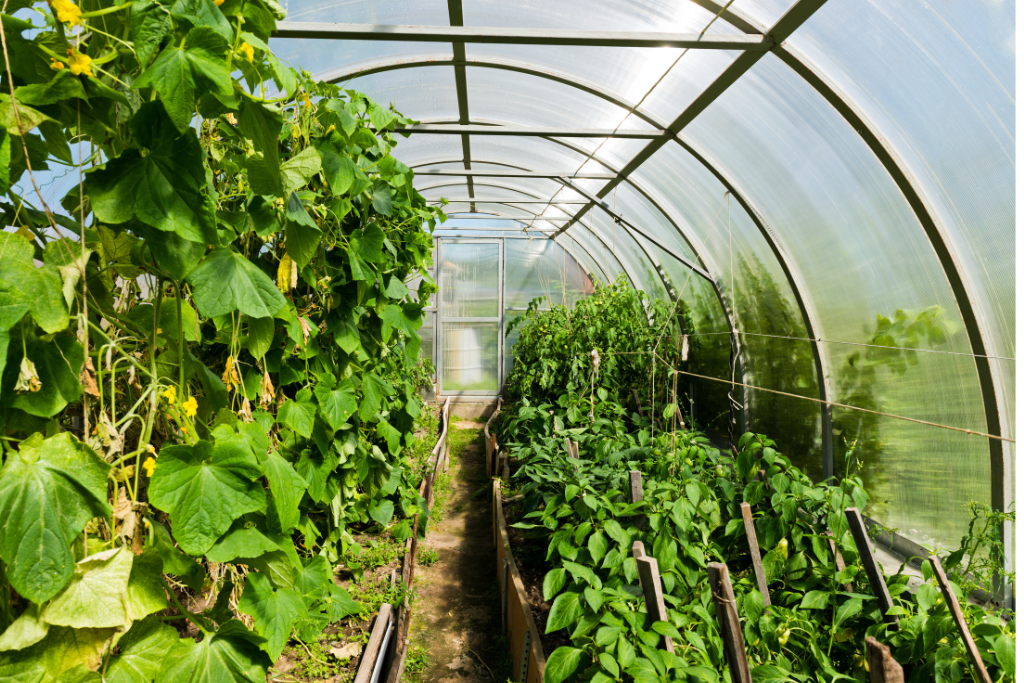
5.2 Potential Structural and Accessibility Issues
If not properly supported, tall or climbing plants can put significant strain on greenhouse structures. The weight of the foliage and, in the case of climbing plants, the additional weight of vines or creepers, can lead to structural damage. Moreover, the dense growth of these plants can obstruct access to other areas of the greenhouse, hindering routine maintenance tasks.
5.3 Techniques for Supporting and Training Climbing Plants
To ensure the successful cultivation of tall or climbing plants in greenhouses, appropriate support and training techniques are essential. Trellises, stakes, or wire systems can be installed to provide structural support and guide the vertical growth of these plants. Regular pruning and training of the plants onto the support structures help maintain their shape, prevent overcrowding, and facilitate better access for maintenance purposes.
5.4 Suitable Alternatives for Vertical Growth
Greenhouse growers who encounter challenges in managing tall or climbing plants can consider alternative plants that offer a vertical growth habit without the potential issues. Certain compact or dwarf varieties possess a natural upright growth habit, making them ideal for vertical gardening. Additionally, utilizing hanging baskets or vertical planters can create the illusion of height while allowing for easier maintenance and access within the greenhouse.
Plants with High Heat or Humidity Requirements
6.1 Difficulties in Maintaining Optimal Heat and Humidity Levels
Plants with high heat or humidity requirements can present challenges in maintaining the optimal environmental conditions inside a greenhouse. High heat demands may require additional heating equipment or specialized climate control systems, increasing energy consumption and costs. Similarly, meeting the humidity needs of such plants could involve installing misting systems or employing other humidity-enhancing techniques.
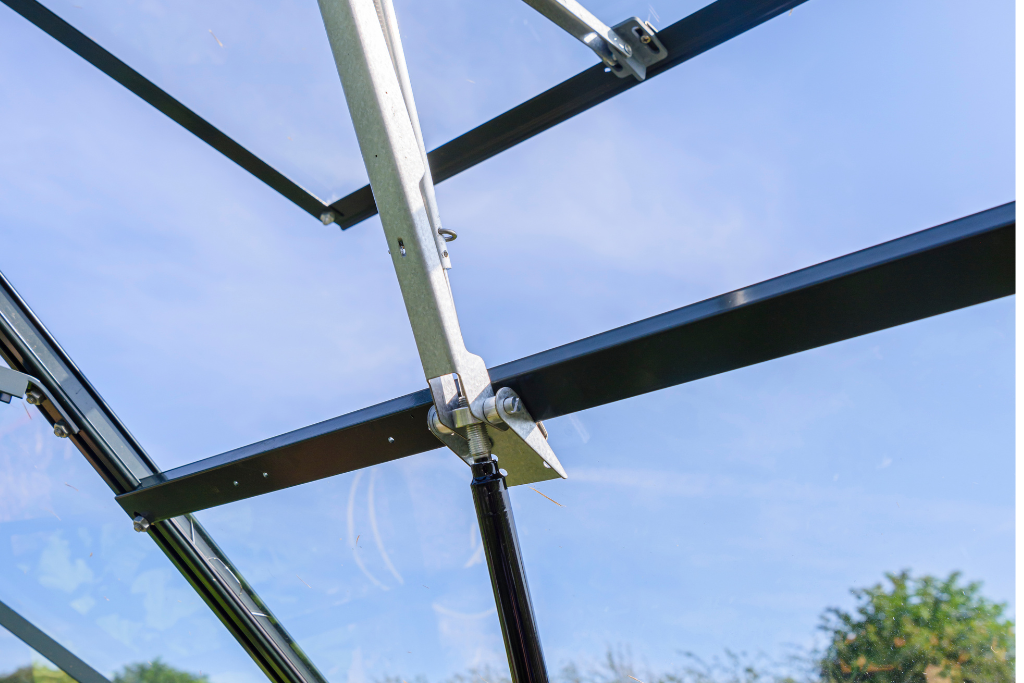
6.2 Risks of Excessive Energy Consumption and Cost
To accommodate the heat and humidity requirements of certain plants, greenhouse operators may need to rely on energy-intensive heating or misting systems. This increased energy consumption not only raises operational costs but also contributes to environmental concerns, such as increased carbon emissions. Additionally, fluctuations in heat and humidity levels can affect the overall stability of the greenhouse environment and impact the health and productivity of other plants.
6.3 Alternatives with Lower Heat and Humidity Demands
To minimize the challenges associated with plants requiring high heat or humidity levels, greenhouse growers can opt for alternative plant species that are better aligned with the greenhouse’s existing environmental conditions. By selecting plants with lower heat and humidity demands, growers can reduce energy consumption, cutting down on operational costs and achieving a more sustainable greenhouse operation. Additionally, utilizing shading techniques or evaporative cooling systems can help regulate temperature and humidity, providing a more conducive environment for a wider range of plant species.
Plants Susceptible to Pests and Diseases
7.1 Problems Associated with Pest and Disease Management
Plants susceptible to pests and diseases can pose significant challenges when grown in a greenhouse environment. The enclosed nature of a greenhouse can create an ideal breeding ground for pests and pathogens, allowing them to quickly multiply and spread. Managing pest and disease populations can be time-consuming and may require the use of chemical treatments, which could have environmental implications.
7.2 Risks of Spreading Pathogens to Other Plants
When pests or diseases affect a plant in a greenhouse, there is a risk of their spread to other susceptible plants in close proximity. The dense planting arrangements and limited airflow can facilitate the rapid transmission of pathogens, leading to widespread infestations. The consequences can be devastating, resulting in extensive crop losses and potential economic hardship for greenhouse growers.
7.3 Less Vulnerable Plant Varieties for Greenhouse Culture
To mitigate the risks associated with pests and diseases in a greenhouse, it is advisable to choose plant varieties that exhibit resistance or tolerance to common pathogens and pests. Breeding programs and the availability of disease-resistant cultivars offer a wide selection of plants that can thrive in a greenhouse without succumbing to the same vulnerabilities as more susceptible varieties. Practicing good sanitation, implementing effective pest management strategies, and regularly monitoring plants for any signs of infestation can also help prevent the spread of pests and diseases within the greenhouse.
Plants with Strong Odors or Allergenic Properties
8.1 Challenges of Overwhelming Scents and Allergenic Plants
Some plants emit strong odors or possess allergenic properties that can be challenging to manage in a greenhouse setting. Intense scents can be overwhelming for workers or visitors, and allergenic plants may trigger allergic reactions, especially in individuals with sensitivities or allergies. These challenges can cause discomfort and potentially impact the well-being and productivity of those working or spending time in the greenhouse.
8.2 Risks of Discomfort or Sensitivity for Greenhouse Workers
Greenhouse workers who are consistently exposed to strong odors or allergenic plants may experience discomfort, respiratory issues, or allergic reactions. Prolonged exposure can have a negative impact on their overall health and well-being, potentially leading to decreased productivity or excessive sick leave. It is essential to create a pleasant and safe working environment to ensure optimal conditions for employees.
8.3 Fragrance-Free and Non-Allergenic Alternatives
To address the challenges associated with strong odors or allergenic plants, greenhouse growers can choose fragrance-free or non-allergenic plant varieties for cultivation. Fortunately, there are numerous options available that offer visually appealing characteristics without the associated drawbacks. By selecting plant varieties that are odorless or have low allergenic potential, growers can create a more comfortable and inclusive greenhouse environment.
Plants Requiring Specialized Pollinators
9.1 Difficulties in Providing Specific Pollinators in Enclosed Spaces
Some plants rely on specific pollinators that may not be naturally present in a greenhouse environment. Without these specialized pollinators, plant reproduction can be compromised, leading to decreased fruit or seed production. As enclosed spaces, greenhouses typically do not have the same level of biodiversity as natural habitats, making it challenging to provide the necessary pollinators for certain plant species.
9.2 Challenges in Replicating Natural Pollination Processes
Replicating natural pollination processes within a greenhouse can be complex due to the absence or limited number of natural pollinators. While some plants may be partially or self-pollinating, others rely on specific insects, birds, or other animals for successful pollination. Without these pollinators, manual pollination or the use of alternative pollination methods, such as the transfer of pollen by hand or with specialized tools, may be necessary.
9.3 Pollinator-Friendly Plants with Self-Pollinating Abilities
To overcome the challenges associated with specialized pollinators, selecting plant varieties that possess self-pollinating abilities or are less reliant on specific pollinators can be beneficial in a greenhouse setting. Self-pollinating plants have the ability to produce viable fruits or seeds without external pollination. Additionally, incorporating a diverse array of pollinator-friendly plants that naturally attract a broad range of beneficial insects can help support pollination processes within the greenhouse.
Plants with Excessive Maintenance Needs
10.1 Limitations in Time and Resources for Extensive Plant Care
Certain plants can have excessive maintenance requirements, demanding a significant investment of time and resources to keep them healthy and flourishing. Greenhouse growers may face limitations in terms of the time available for extensive plant care, especially when managing a large number of plants. Additionally, dedicating excessive resources solely to the maintenance of specific plants can strain the overall operational budget.
10.2 Risks of Neglecting Other Aspects of Greenhouse Management
Focusing excessive attention on high-maintenance plants can divert resources and time away from other critical aspects of greenhouse management. Neglecting the overall maintenance and well-being of the greenhouse ecosystem can result in the deterioration of other plants or compromise the overall health and productivity of the greenhouse. Striking the right balance between plant care and other essential tasks is crucial for efficient and sustainable greenhouse operation.
10.3 Low-Maintenance Plant Options
To optimize greenhouse management and ensure efficient resource allocation, greenhouse growers can select low-maintenance plant options that require minimal care. Low-maintenance plants often possess traits such as drought tolerance, disease resistance, or slow growth rates, reducing the need for frequent watering, pesticide treatments, or extensive pruning. By integrating low-maintenance plants into their greenhouse operations, growers can achieve a more sustainable and manageable balance between plant care and other vital aspects of greenhouse management.
In conclusion, while there is a myriad of plant choices for greenhouse cultivation, it is important to consider the specific characteristics and requirements of each plant before making selections. By avoiding invasive plants, properly managing size and growth, utilizing suitable alternatives, and carefully considering the needs of each plant, greenhouse growers can create a healthy and harmonious growing environment that maximizes productivity while minimizing challenges. With a thoughtful approach and proactive management strategies, greenhouse cultivators can cultivate a diverse range of plants while promoting sustainability and maintaining the overall well-being of the greenhouse ecosystem.

